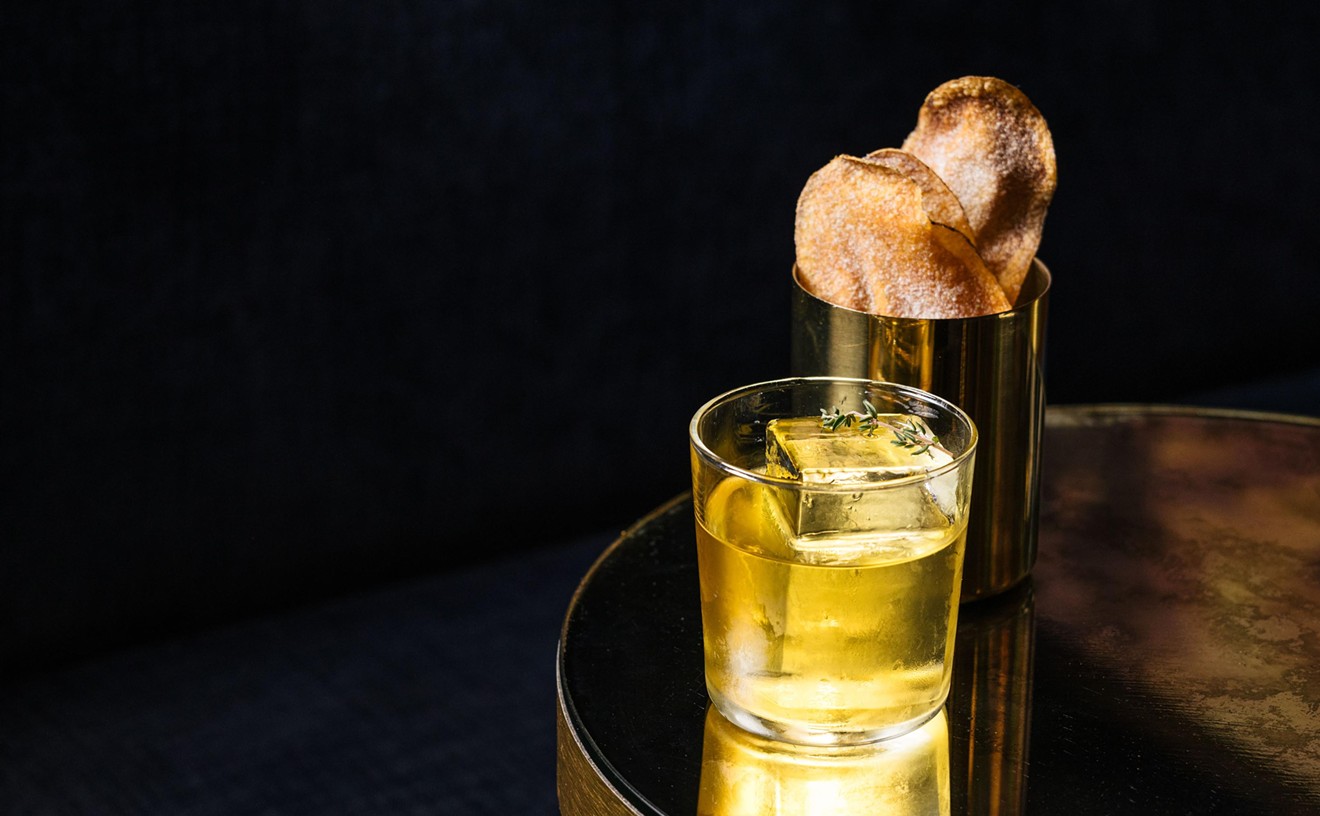If you've ventured beyond the gringo-ized Mexican food served at chain restaurants or wandered into a Latino grocery store, chances are you've run across aguas frescas (fresh waters) -- the non-alcoholic coolers that combine fruits, cereals, or seeds with sugar and water.
Kept in clear jugs and dipped out with ladles, they're thirst-quenching standbys, available all year long but especially appealing come summer, when a sugary soft drink just doesn't cut it.
And while every gringo seems to know what horchata is (in case you don't, it's the milky-looking agua fresca made with rice and cinnamon), observation tells me few non-Hispanics appreciate the tamarindo, a brown ugly duckling of a beverage made from the sour fruit of the tropical tamarind tree.
Done right, it's my favorite agua fresca -- a little sweet, a little sour with maybe a hint of date, prune, and iced tea all mixed together. It may not look as pretty as Jamaica (another awesome agua fresca we'll discuss another day), but it's super-refreshing.
So where can you get one?
Lots of authentic Mexican restaurants make their own aguas frescas, so look for the telltale jars or just ask. But two of my favorite examples of tamarindo come from Barrio Café and Amerca's Taco Shop. Both versions always taste fresh (old tamarindo is downright disgusting) and find the perfect sweet-sour balance.
Nerd Alert; the bushy, indigenous-to-Africa tamarind tree bears 3- to 6-inch pods (technically, these are legumes) with a hard brown shell around them.
To make tamarindo, the pods are steeped, then peeled to extract the pulpy fruit, a process Silvana Salcido Esparza (chef-owner of Barrio Cafe and Barrio Queen in Scottsdale) describes as "a pain in the ass," which explains why some restaurants use a mix or simply sell the bottled version of tamarindo, produced by the Jarritos brand.
Jarritos isn't bad, but it can't beat the real deal, which as Esparza points out, often has a bit of residual pulp ("floaties" she calls them). Get past the color and give this one a try.
Follow Chow Bella on Facebook, Twitter, and Pinterest.










